Japan and USA; From Competition to Cooperation
How did Japan come to depend on America for its power? It began in 1857 when an American military leader named Matthew Perry was sent by the U.S. President Fillmore to bring home American whaling sailors who had been captured by the Japanese when they lost their ship at sea. Commodore Perry was also sent to show American power and ask Japan to begin trade. Perry brought “gifts” to get the interest of Japan. At first they said “no” but many Japanese were curious and wanted to trade.
Japan eventually agreed to sign a treaty for trade but only in two cities. They wanted to build up their military for protection and they wanted to learn from the west so each side sent people to live as “diplomats” in each country. The treaty was “unequal” because it benefited the USA more than Japan. There was disagreement in Japan. This disagreement caused fighting but it also led to the growth of industry for Japan during a time period called the Mejii restoration.
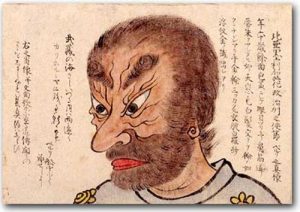
Source:http://afe.easia.columbia.edu/special/japan_1750_perry.htmb
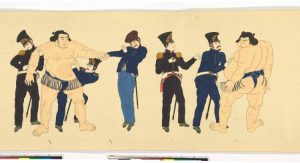
Even though some disagreed with the west and saw western industry as bad for the Japanese people, the government continued to learn from and imitate the Western ways. During the early 1900s Japan was gaining power in East Asia but still learning from Western nations like the USA and Great Britain. One of the things it learned was how to compete for power. The best chance for Japan in winning something during World War I was to fight on the side of the British and Americans against Germany. Japan wanted more power. Japan wanted to be equal with the British and Americans. In the end one of the things Japan enforced was a type of racism against other Asians like the Koreans and Chinese. The West thought of themselves as the best but the Japanese thought of themselves as the best. When one group thinks of itself as better than another this causes racism.
After World War I Japan decided not to be a member of the League of Nations because they were not treated equally. The United States was not a member either because the United States wanted “America First” and did not see the need to cooperate with other nations. In a way Japan now imitated the Americans by saying “Japan first”.
During the 1930s Japan continued to look for power and they found it in war with China.
Timeline of Japan invading other nations in 1930s and into World War II:
1931- In this time Manchuria is invaded and occupied for the Japanese.
1933- Japan withdraws from League of Nations after condemnation by the international community regarding their occupation of Manchuria and Est. of Manchukuo.
1936- November 25th: Japan sign the Anti-Commenter Pact with Nazi Germany. It concludes a similar agreement with Italy in 1937.
1941- Japan attack on the U.S. Pacific fleet at Pearl Harbor, Hawaii. The US and its main allies declare war on Japan the following day.
1945- U.S. planes drop two atomic bombs, one on Hiroshima (6 August), the second on Nagasaki (9 August). Emperor Hirohito surrenders and relinquishes his divine status. Japan is placed under U.S. military government on August 15,1945. All Japanese military and naval forces are disbanded.
1947- A new constitution with parliamentary system and all adults eligible to vote. Japan renounces war, pledges not to maintain land, sea or air forces for that purpose. The emperor is granted ceremonial status.
1951- Japan signs peace treaty with the U.S. and others nations in San Japan ending SCAP occupation of Japan.
https://www.facinghistory.org/nanjing-atrocities-crimes-war/timeline-events-japan
https://history.state.gov/milestones/1945-1952/japan-reconstruction
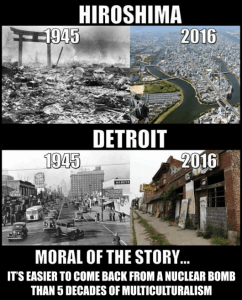
In the end of the second world war Japan analyzed that it is better have the United States as a friend than an enemy, because this country has a lot of economic power. So, Japan agreed to accept the help because it was good for both Japan and the United States to be friends rather than enemies. For example Japan learned about cars from the United States. Kiichiro Toyoda had traveled to Europe and the United States in 1929 to investigate automobile production and had begun researching gasoline-powered engines in 1930. When Toyota developed their first car in the 1930s it looked a lot like an American Dodge car.
Some Americans may disagree that helping Japan was a good idea. Some Americans see their own jobs, industries and cities declining as other places in the world are improving. These people are the ones who voted for President Trump. The history of Japan and the USA has a lesson that cooperation is better than “America First” where Americans judge others as less than themselves and do not want to be involved in helping them or “Japan First” where Japan decided that building an empire was better than cooperating as a world partner.
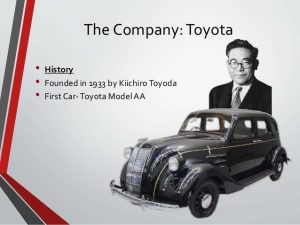
Kiichiro Toyoda (1894-1952)
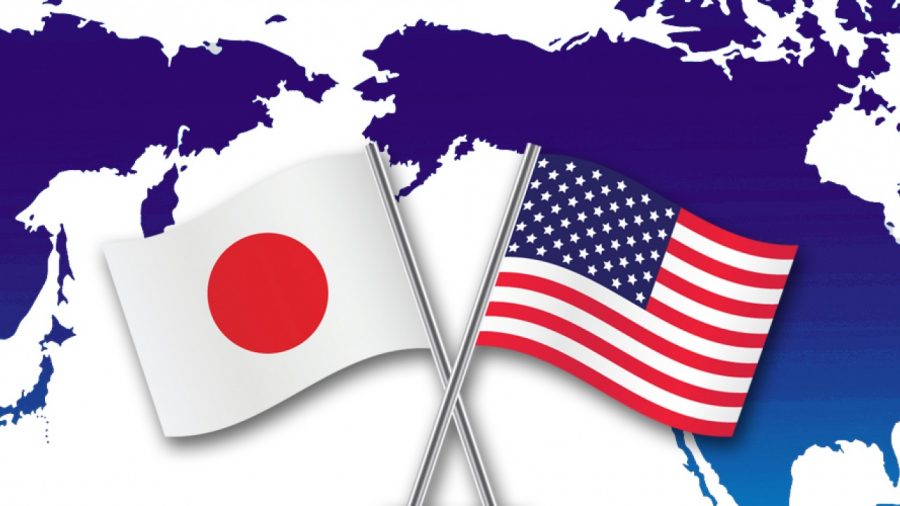


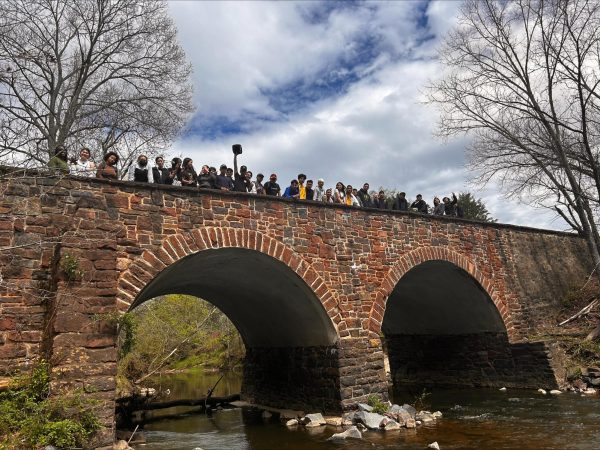
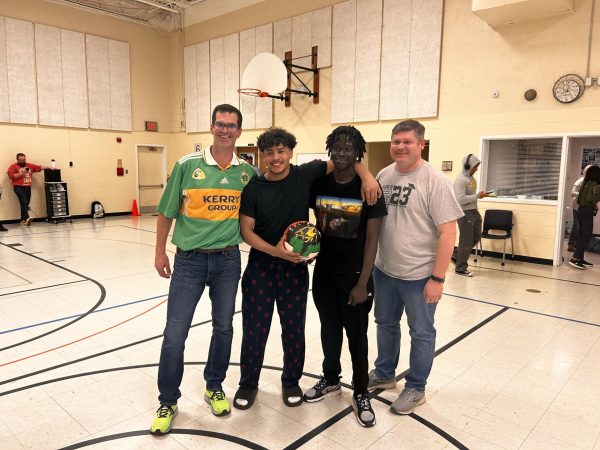
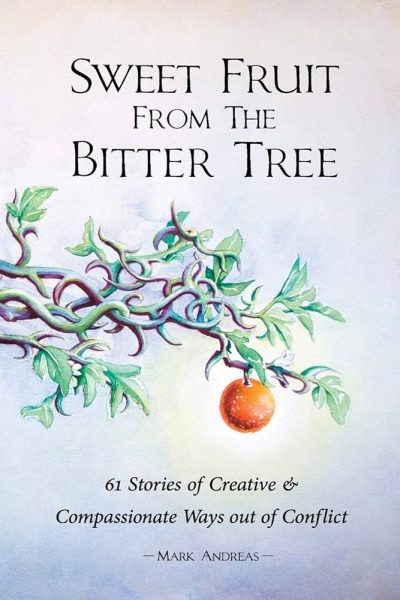
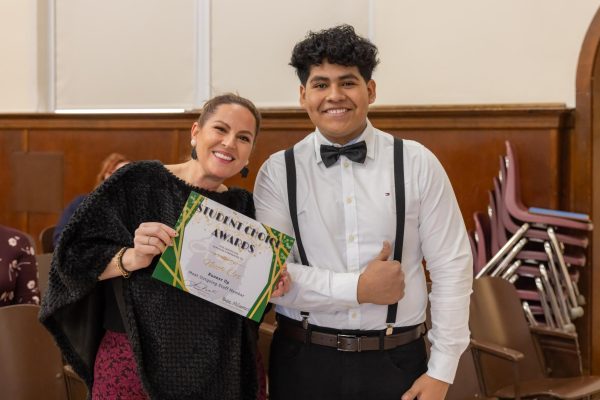
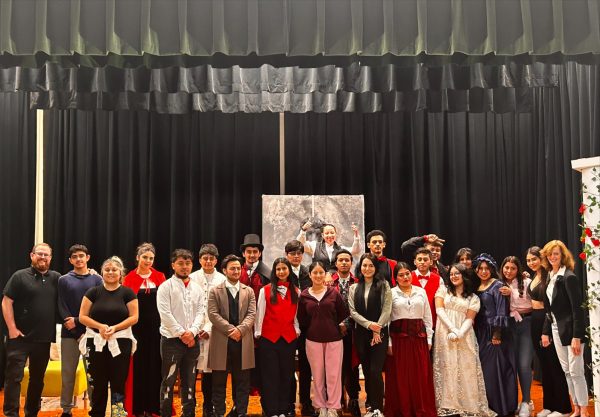
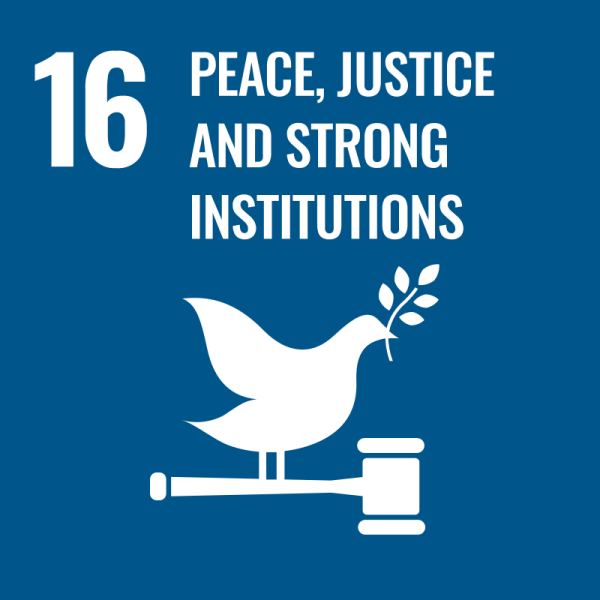
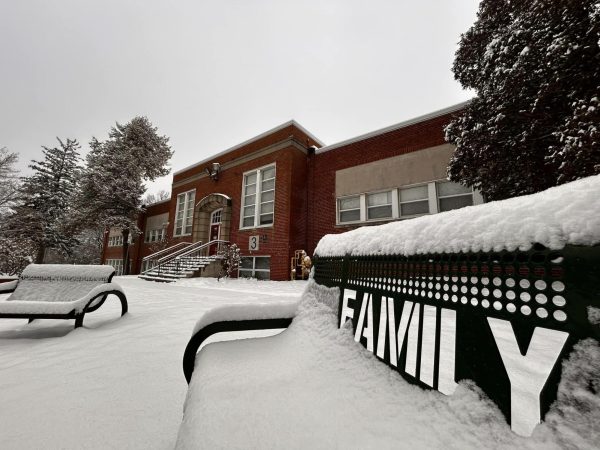
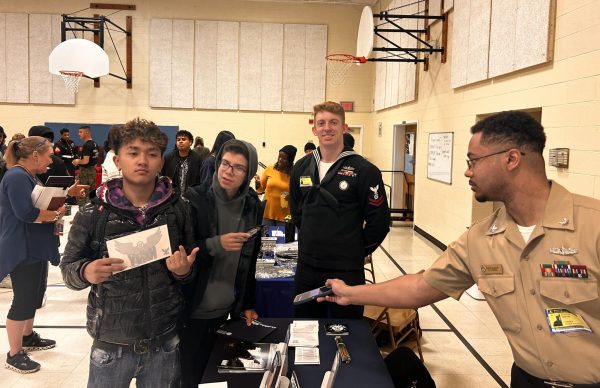


Elpatron • Jun 1, 2018 at 9:51 am
I believe that treading with other countries is very good since it helps to keep peace in the world. The United Nation is so important in many ways because countries that are apart of this group of nation can talk about the issues that the world face, so they can find ways to fix it.
Br2 • Jun 1, 2018 at 9:10 am
We can accomplish amazing things when we work together. Imagine all the possible things that could be done if all the countries in the world worked together,